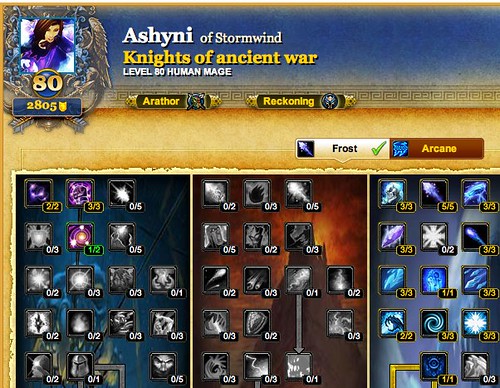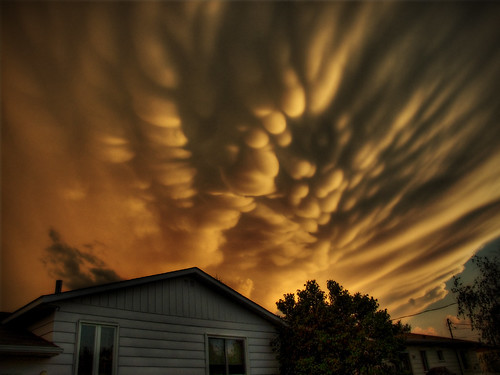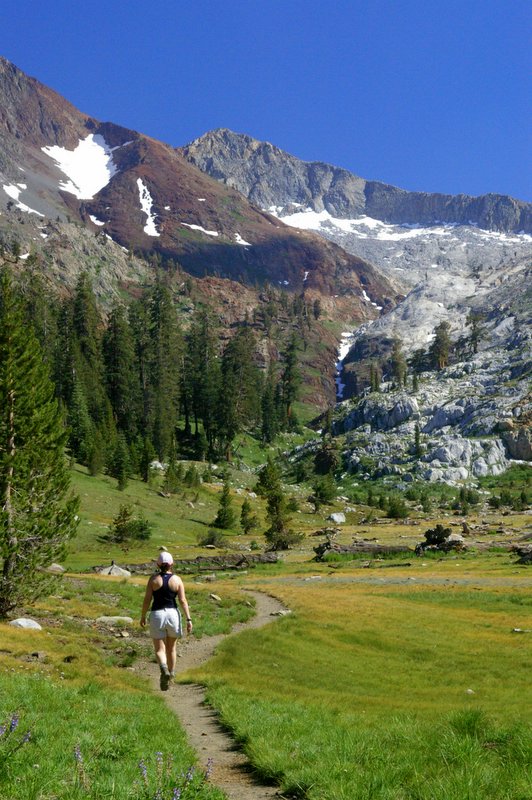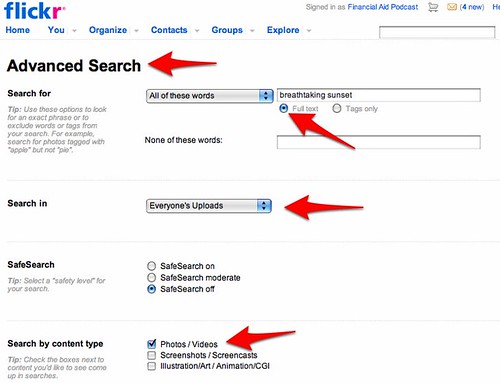In World of Warcraft, there are 80 levels a character can reach. All characters start out at level 1, and progress via quests, killing creatures, and other activities through 80 levels, which can take anywhere from months to just a few weeks, depending on how dedicated a player you are.
But what happens at level 80? What happens when you reach the end, and there are no more levels to achieve?
It turns out the game changes quite a bit once you reach the top level. Instead of improving your character’s abilities through levels (and associated rewards) you change to getting better equipment for your character and improving your play skill.
See, in Warcraft, every character has dozens of abilities depending on their class. Mages can cast a whole bunch of spells. Priests can heal, shield, and resurrect other characters. Warriors can deliver a beatdown in more ways than you can count. But during the leveling process, you typically rely on a few of these skills as your bread and butter, and the rest are skills you pick up along the way but don’t really use.
Once you reach level 80, you start entering progressively harder dungeons, teaming up with a few or a few dozen other players to take down bigger and meaner creatures. This in turn requires you to dust off all those secondary skills you picked up along the way and figure out just when they’re the perfect solution to the problem at hand. Skills that you never really used on the way up to level 80, skills that you might have forgotten about completely, might make or break your ability to succeed after 80.
What does any of this have to do with marketing? Simple. Take an inventory of all the skills and abilities you have, especially skills you’ve built along your career that you don’t use a whole lot. Take an equal inventory of all the tools and technologies at your disposal that you’ve used, tried, and experimented with along your marketing journey. Now start to view them from the perspective of not just tools, but specific skills that you can use at the right time, for the right job – even if you didn’t give them a second glance as you became a marketing professional.
Last night on the Small Business Buzz Twitter chat, Question 8 was “Twitter vs. LinkedIn vs. Facebook?”. The answer is the right tool for the right job. Just as a frost mage needs to know when to pop Ice Block, Ice Barrier, and Cold Snap in Heroic Halls of Lightning to survive Loken’s Lightning Nova, so must a marketer know when Facebook is the right tool for a campaign, when Twitter makes the most sense, and when LinkedIn is exactly what’s called for. There are times when social media is exactly the wrong answer, and direct mail is the right one. As a marketing professional and as a Warcraft player, knowing which tool fits each situation best is the definition of mastery.
Many of us rushed past experimenting with a lot of our secondary skills on the way to level 80 in both Warcraft and marketing. Now that we’ve got the job, now that we’re practicing professionals, we need to see what else we’re capable of that’s sitting in our inventory, perfect solutions for the problems we have at hand.
This is what’s next for a lot of people – not another new, shiny object to play with, but mastering the tools you already have so that you can achieve exactly the results you want. One of the biggest ways you can set your own career back is to constantly chase after new tools and shiny objects rather than master the ones you’ve already got. Yes, absolutely, try new things, but devote more of your time towards perfecting the skills and tools you currently have, and you’ll find life after 80 – in Warcraft and in your career – to be incredibly rewarding.
May your marketing quests be as fruitful as your Warcraft ones.
Did you enjoy this blog post? If so, please subscribe right now!
Get this and other great articles from the source at www.ChristopherSPenn.com














